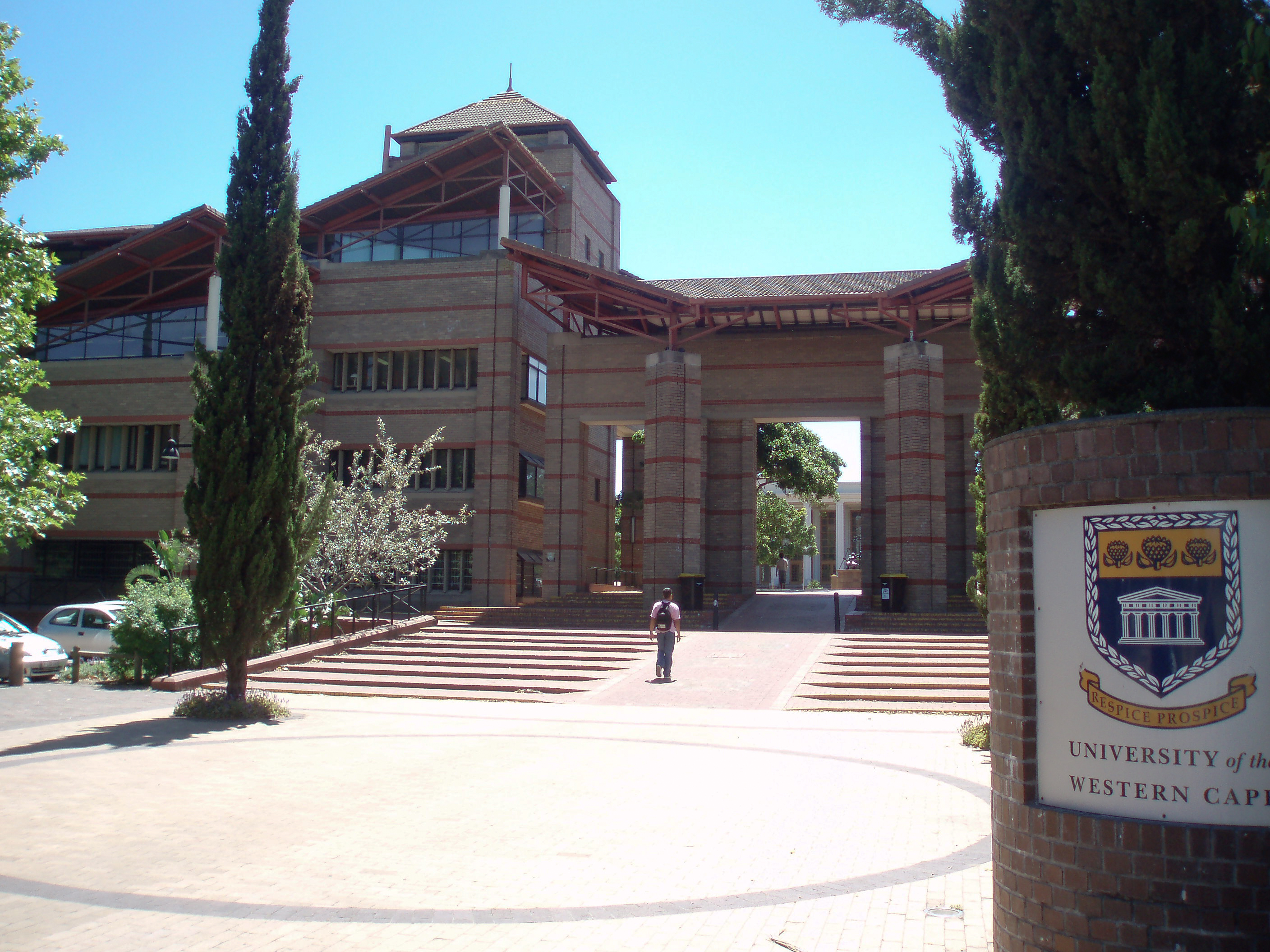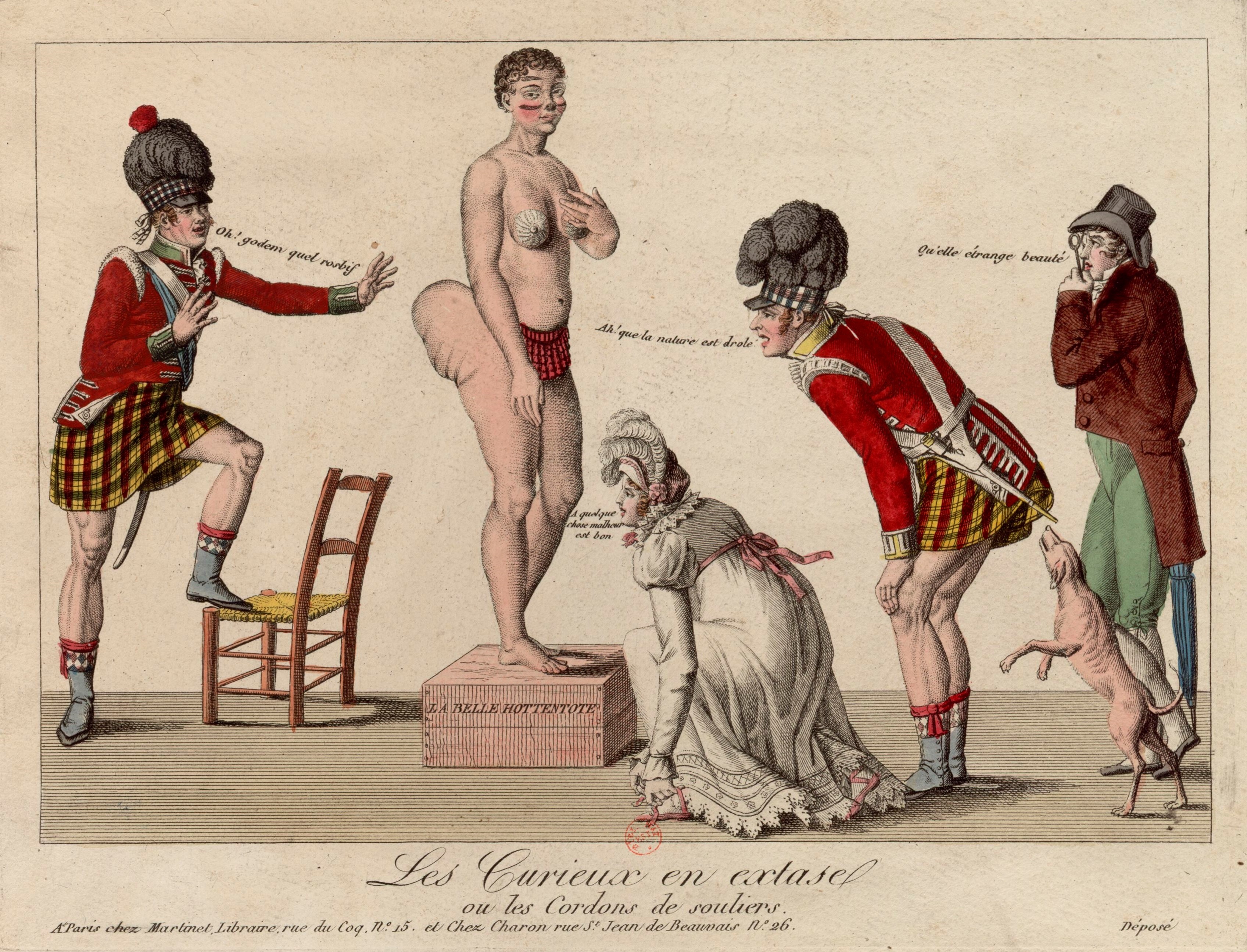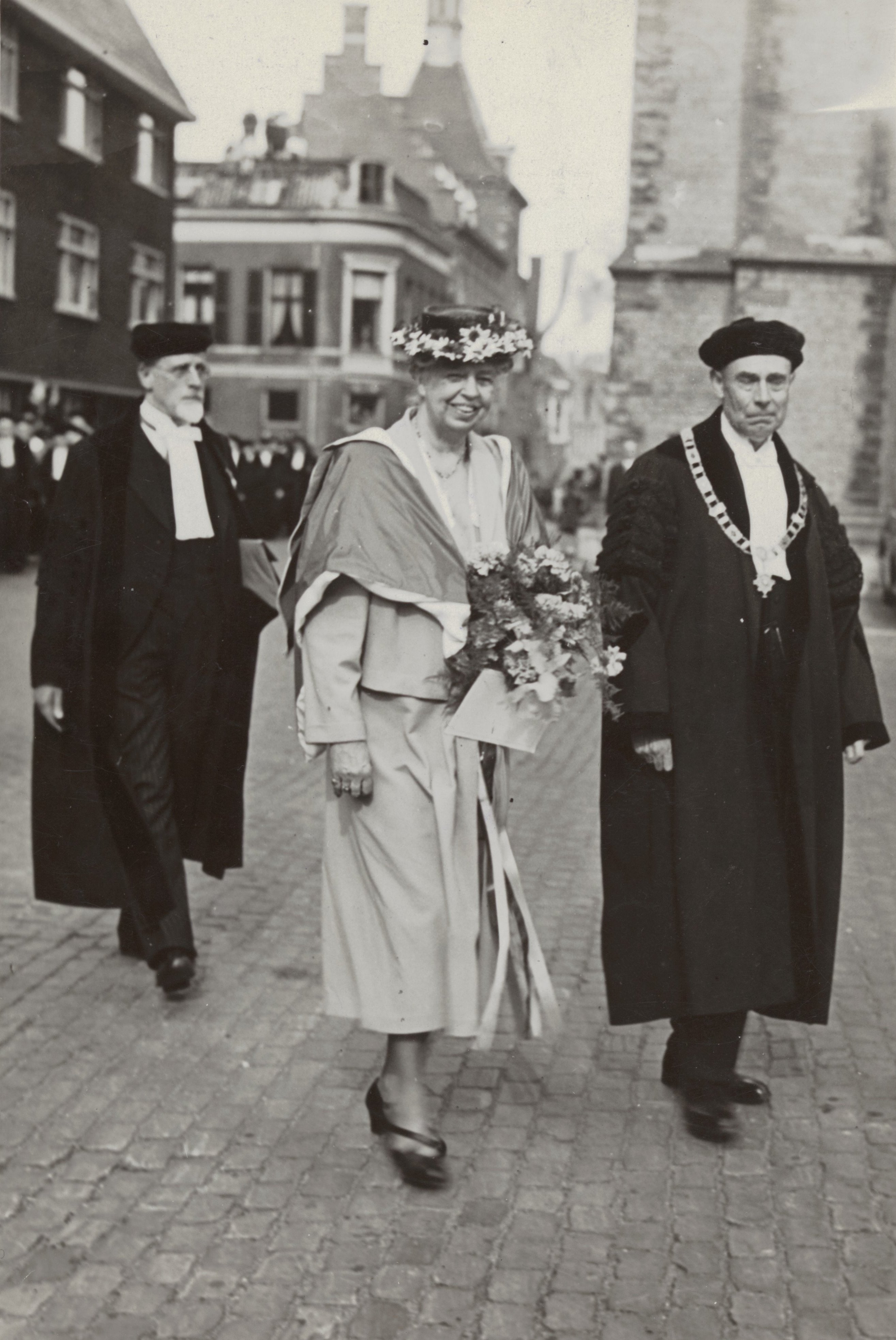|
Diana Ferrus
Diana Ferrus (born 29 August 1953, Worcester, Western Cape) is a South African writer and storyteller of mixed Khoisan and slave ancestry. Her work is published in Afrikaans and English. Ferrus leads writing workshops in Cape Town while working as an administrator at the University of the Western Cape. Ferrus is best known for her poem about Saartjie Baartman, Sarah Baartman, a South African woman taken to Europe under false pretenses and paraded as a curiosity. She wrote the poem in 1998 while studying at Utrecht University. The popularity of this poem is widely believed to be responsible for the return of Bartmann's remains to South Africa. The poem was published into a French law. Ferrus is a founder of the Afrikaans Skrywersvereniging (ASV), Bush Poets, and Women in Xchains. She has a publishing company called Diana Ferrus Publishers and has co-edited and published a collection of stories about fathers and daughters. References External linksOfficial website 1953 birt ... [...More Info...] [...Related Items...] OR: [Wikipedia] [Google] [Baidu] |
Worcester, Western Cape
Worcester ( ) is a town in the Western Cape, South Africa. It is located north-east of Cape Town on the N1 highway north to Johannesburg. Being the largest town in the Western Cape's interior region, it serves as the administrative capital of the Breede Valley Local Municipality and as regional headquarters for most central and Provincial Government Departments. The town also serves as the hub of the Western Cape's interior commercial, distribution and retail activity with a shopping mall, well developed central business district and infrastructure. Worcester is located at an elevation of and can be reached by road either travelling on the N1 highway through the Huguenot Tunnel or by driving through spectacular mountain passes. From Cape Town Du Toitskloof, from Wellington Bainskloof, from Malmesbury, Western Cape Nieuwekloof, from Ceres Mitchells, from Robertson Goree, from Hermanus Rooihoogte and from Johannesburg Hex River, with vistas over the Hex River Valley. Geograph ... [...More Info...] [...Related Items...] OR: [Wikipedia] [Google] [Baidu] |
Khoisan
Khoisan , or (), according to the contemporary Khoekhoegowab orthography, is a catch-all term for those indigenous peoples of Southern Africa who do not speak one of the Bantu languages, combining the (formerly "Khoikhoi") and the or ( in the Nǁng language). The San were formerly called Bushmen, (from Afrikaans ''Boesmans'' from nl, Boschjesmens); and the were formerly known as " Hottentots", speculated to be a Dutch onomatopoeic term referring to the click consonants prevalent in the Khoekhoe languages. However there is no evidence of this etymology."A very large number of different etymologies for the name have been suggested ... The most frequently repeated suggestion ... is that the word was a spec. use of a formally identical Dutch word meaning ‘stammerer, stutterer’, which came to be applied to the Khoekhoe and San people on account of the clicks characteristic of their languages. However, evidence for the earlier general use appears to be lacking. Another fr ... [...More Info...] [...Related Items...] OR: [Wikipedia] [Google] [Baidu] |
Afrikaans
Afrikaans (, ) is a West Germanic language that evolved in the Dutch Cape Colony from the Dutch vernacular of Holland proper (i.e., the Hollandic dialect) used by Dutch, French, and German settlers and their enslaved people. Afrikaans gradually began to develop distinguishing characteristics during the course of the 18th century. Now spoken in South Africa, Namibia and (to a lesser extent) Botswana, Zambia, and Zimbabwe, estimates circa 2010 of the total number of Afrikaans speakers range between 15 and 23 million. Most linguists consider Afrikaans to be a partly creole language. An estimated 90 to 95% of the vocabulary is of Dutch origin with adopted words from other languages including German and the Khoisan languages of Southern Africa. Differences with Dutch include a more analytic-type morphology and grammar, and some pronunciations. There is a large degree of mutual intelligibility between the two languages, especially in written form. About 13.5% of the South ... [...More Info...] [...Related Items...] OR: [Wikipedia] [Google] [Baidu] |
Cape Town
Cape Town ( af, Kaapstad; , xh, iKapa) is one of South Africa's three capital cities, serving as the seat of the Parliament of South Africa. It is the legislative capital of the country, the oldest city in the country, and the second largest (after Johannesburg). Colloquially named the ''Mother City'', it is the largest city of the Western Cape province, and is managed by the City of Cape Town metropolitan municipality. The other two capitals are Pretoria, the executive capital, located in Gauteng, where the Presidency is based, and Bloemfontein, the judicial capital in the Free State, where the Supreme Court of Appeal is located. Cape Town is ranked as a Beta world city by the Globalization and World Cities Research Network. The city is known for its harbour, for its natural setting in the Cape Floristic Region, and for landmarks such as Table Mountain and Cape Point. Cape Town is home to 66% of the Western Cape's population. In 2014, Cape Town was named the best place ... [...More Info...] [...Related Items...] OR: [Wikipedia] [Google] [Baidu] |
University Of The Western Cape
The University of the Western Cape (UWC) is a public research university in Bellville, near Cape Town, South Africa. The university was established in 1959 by the South African government as a university for Coloured people only. Other universities in Cape Town are the University of Cape Town, (UCT, originally for English speaking whites), Cape Peninsula University of Technology (CPUT) and the Stellenbosch University (originally for Afrikaans speaking whites). The establishing of UWC was a direct effect of the Extension of University Education Act, 1959. This law accomplished the segregation of higher education in South Africa. Coloured students were only allowed at a few non-white universities. In this period, other "ethnical" universities, such as the University of Zululand and the University of the North, were founded as well. Since well before the end of apartheid in South Africa in 1994, it has been an integrated and multiracial institution. History Early days UWC ... [...More Info...] [...Related Items...] OR: [Wikipedia] [Google] [Baidu] |
Saartjie Baartman
Sarah Baartman (; 1789– 29 December 1815), also spelt Sara, sometimes in the diminutive form Saartje (), or Saartjie, and Bartman, Bartmann, was a Khoikhoi woman who was exhibited as a freak show attraction in 19th-century Europe under the name Hottentot Venus, a name which was later attributed to at least one other woman similarly exhibited. The women were exhibited for their steatopygic body type uncommon in Western Europe which not only was perceived as a curiosity at that time, but became subject of scientific interest as well as of erotic projection. She is thought to have suffered from lipedema. "Venus" is sometimes used to designate representations of the female body in arts and cultural anthropology, referring to the Roman goddess of love and fertility. " Hottentot" was the colonial-era term for the indigenous Khoikhoi people of southwestern Africa, now usually considered an offensive term. The Sarah Baartman story is often regarded as the epitome of racist colon ... [...More Info...] [...Related Items...] OR: [Wikipedia] [Google] [Baidu] |
Utrecht University
Utrecht University (UU; nl, Universiteit Utrecht, formerly ''Rijksuniversiteit Utrecht'') is a public research university in Utrecht, Netherlands. Established , it is one of the oldest universities in the Netherlands. In 2018, it had an enrollment of 31,801 students, and employed 7,191 faculty and staff. In 2018, 525 PhD degrees were awarded and 6,948 scientific articles were published. The 2018 budget of the university was €857 million. Utrecht University counts a number of distinguished scholars among its alumni and faculty, including 12 Nobel Prize laureates and 13 Spinoza Prize laureates. Utrecht University has been placed consistently in the top 100 universities in the world by prominent international ranking tables. The university is ranked as the best university in the Netherlands by the Shanghai Ranking of World Universities 2022, ranked 14th in Europe and 54th in the world. The university's motto is "Sol Iustitiae Illustra Nos", which means ''May the Sun of Righteous ... [...More Info...] [...Related Items...] OR: [Wikipedia] [Google] [Baidu] |
1953 Births
Events January * January 6 – The Asian Socialist Conference opens in Rangoon, Burma. * January 12 – Estonian émigrés found a government-in-exile in Oslo. * January 14 ** Marshal Josip Broz Tito is chosen President of Yugoslavia. ** The CIA-sponsored Robertson Panel first meets to discuss the UFO phenomenon. * January 15 – Georg Dertinger, foreign minister of East Germany, is arrested for spying. * January 19 – 71.1% of all television sets in the United States are tuned into ''I Love Lucy'', to watch Lucy give birth to Little Ricky, which is more people than those who tune into Dwight Eisenhower's inauguration the next day. This record has yet to be broken. * January 20 – Dwight D. Eisenhower is sworn in as the 34th President of the United States. * January 24 ** Mau Mau Uprising: Rebels in Kenya kill the Ruck family (father, mother, and six-year-old son). ** Leader of East Germany Walter Ulbricht announces that agriculture will be col ... [...More Info...] [...Related Items...] OR: [Wikipedia] [Google] [Baidu] |
Living People
Related categories * :Year of birth missing (living people) / :Year of birth unknown * :Date of birth missing (living people) / :Date of birth unknown * :Place of birth missing (living people) / :Place of birth unknown * :Year of death missing / :Year of death unknown * :Date of death missing / :Date of death unknown * :Place of death missing / :Place of death unknown * :Missing middle or first names See also * :Dead people * :Template:L, which generates this category or death years, and birth year and sort keys. : {{DEFAULTSORT:Living people 21st-century people People by status ... [...More Info...] [...Related Items...] OR: [Wikipedia] [Google] [Baidu] |
People From Worcester, South Africa
A person ( : people) is a being that has certain capacities or attributes such as reason, morality, consciousness or self-consciousness, and being a part of a culturally established form of social relations such as kinship, ownership of property, or legal responsibility. The defining features of personhood and, consequently, what makes a person count as a person, differ widely among cultures and contexts. In addition to the question of personhood, of what makes a being count as a person to begin with, there are further questions about personal identity and self: both about what makes any particular person that particular person instead of another, and about what makes a person at one time the same person as they were or will be at another time despite any intervening changes. The plural form "people" is often used to refer to an entire nation or ethnic group (as in "a people"), and this was the original meaning of the word; it subsequently acquired its use as a plural form of per ... [...More Info...] [...Related Items...] OR: [Wikipedia] [Google] [Baidu] |
Cape Coloureds
Cape Coloureds () are a South African ethnic group consisted primarily of persons of mixed race and Khoisan descent. Although Coloureds form a minority group within South Africa, they are the predominant population group in the Western Cape. They are generally bilingual, speaking Afrikaans and English, though some speak only one of these. Some Cape Coloureds may code switch, speaking a patois of Afrikaans and English called also known as Cape Slang (Capy) or , meaning Kitchen Afrikaans. Cape Coloureds were classified under apartheid as a subset of the larger Coloured race group. At least one genetic study indicates that Cape Coloureds have an ancestry consisting of the following ethnic groups: * Khoisan: (32–43%) * Bantu-speaking Africans: (20–36%) * Ethnic groups in Europe: (21–28%) * Asian peoples: (9–11%) Origin and history The Cape Coloureds are a heterogeneous South African ethnic group, with diverse ancestral links. Ancestry may include European settlers, i ... [...More Info...] [...Related Items...] OR: [Wikipedia] [Google] [Baidu] |
South African Women Poets
South is one of the cardinal directions or Points of the compass, compass points. The direction is the opposite of north and is perpendicular to both east and west. Etymology The word ''south'' comes from Old English ''sūþ'', from earlier Proto-Germanic language, Proto-Germanic ''*sunþaz'' ("south"), possibly related to the same Proto-Indo-European language, Proto-Indo-European root that the word ''sun'' derived from. Some languages describe south in the same way, from the fact that it is the direction of the sun at noon (in the Northern Hemisphere), like Latin meridies 'noon, south' (from medius 'middle' + dies 'day', cf English meridional), while others describe south as the right-hand side of the rising sun, like Biblical Hebrew תֵּימָן teiman 'south' from יָמִין yamin 'right', Aramaic תַּימנַא taymna from יָמִין yamin 'right' and Syriac ܬܰܝܡܢܳܐ taymna from ܝܰܡܝܺܢܳܐ yamina (hence the name of Yemen, the land to the south/right of the ... [...More Info...] [...Related Items...] OR: [Wikipedia] [Google] [Baidu] |
.jpg)






_1938.jpg)